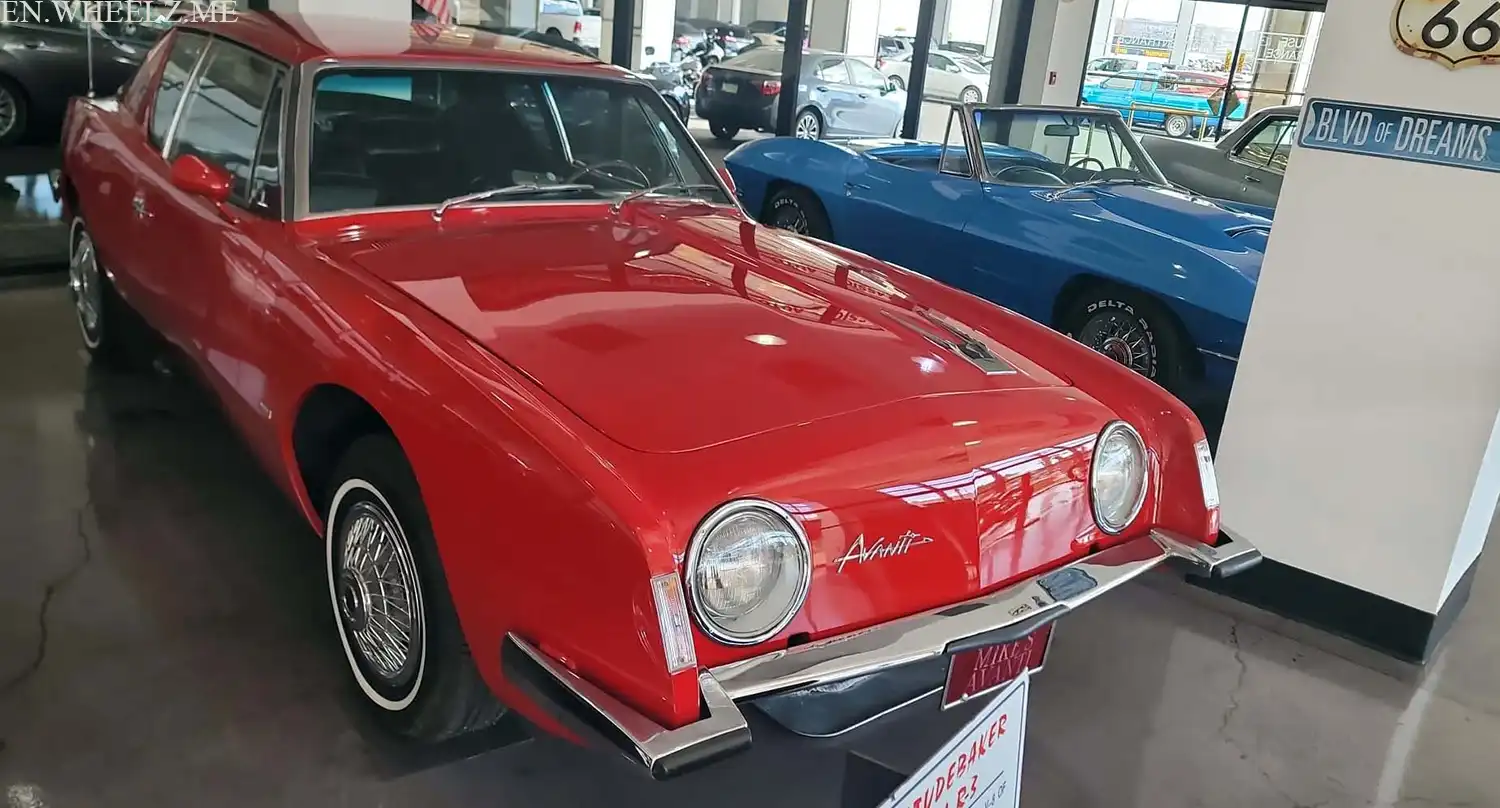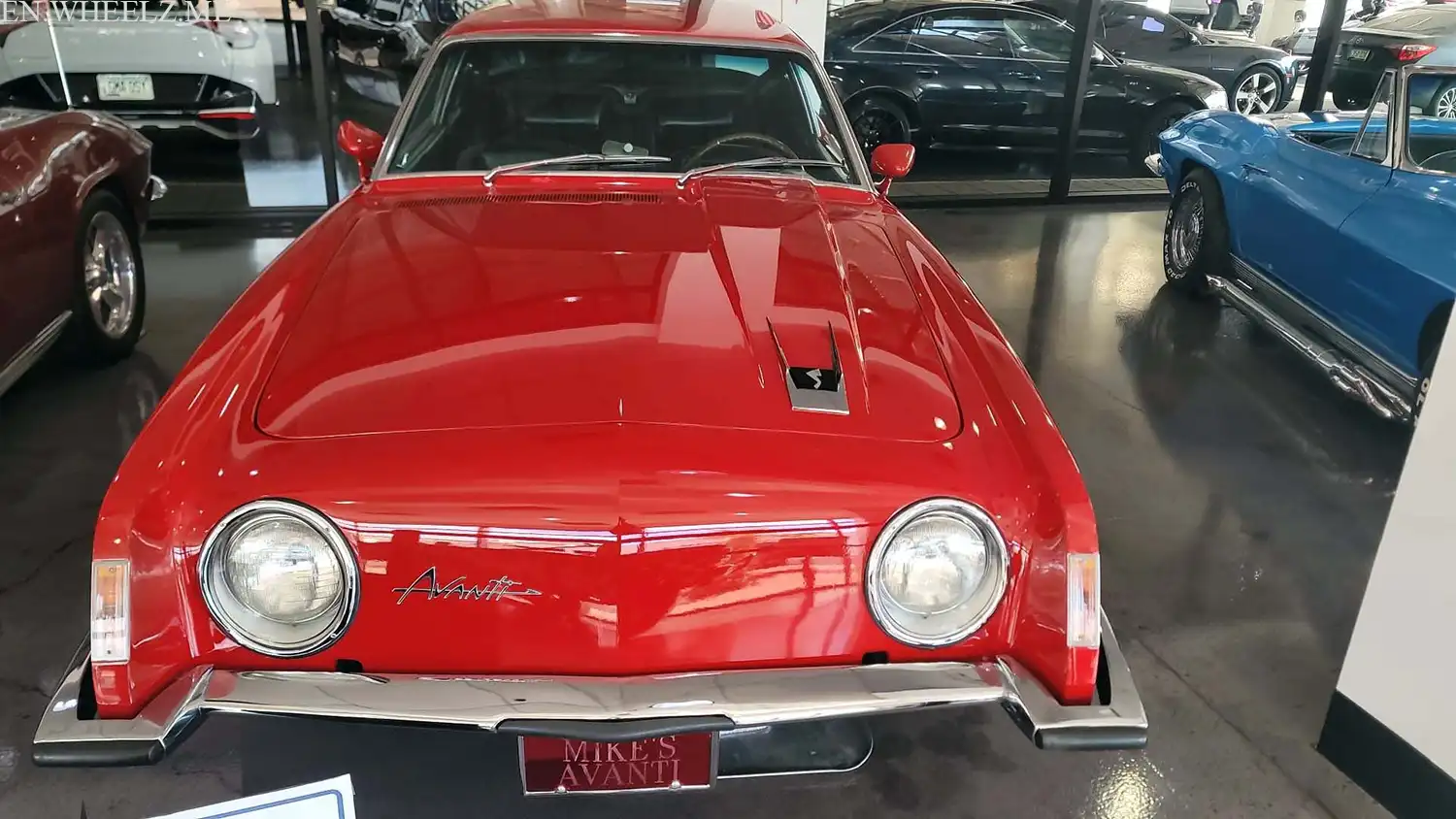
Are you ready to discover a car that defied convention and truly shaped the future of automotive design? The 1963 Studebaker Avanti is not just a car; it’s a statement. It emerged as a bold, revolutionary vision during a period of significant change in the auto industry. This groundbreaking vehicle continues to fascinate enthusiasts with its unique blend of innovation and style.
A Visionary Concept: The 1963 Studebaker Avanti
The story of the 1963 Studebaker Avanti is one of daring ambition. Studebaker, a company facing stiff competition, sought to create a halo car that would ignite excitement. Legendary designer Raymond Loewy and his team crafted a car unlike anything else on the road. Its “no-grille” front end and flowing lines were revolutionary for the era.
The Avanti was designed and engineered in a remarkably short period. It became known as “America’s only four-passenger high-performance personal car.” Furthermore, its fiberglass body was a significant innovation, offering lightweight advantages and corrosion resistance. This forward-thinking approach truly set it apart.
Power and Performance: Avanti’s Heart
Underneath its sleek fiberglass body, the 1963 Studebaker Avanti offered impressive power. Standard models, known as R1, featured a 289 cubic-inch Studebaker V8 engine. This reliable powerplant produced a healthy 240 horsepower. It provided brisk acceleration and a spirited driving experience.
For those seeking more exhilaration, the Avanti offered supercharged R2 and ultra-rare R3 engine options. The R2 engine, a supercharged version of the 289 V8, boosted output to 289 horsepower. With this engine, the Avanti could reach speeds over 120 mph. Indeed, it was one of the fastest American production cars of its time.
The transmissions available included a 3-speed manual, a 4-speed manual, and an automatic. The R2 models also featured a limited-slip differential. This ensured optimal power delivery to the rear wheels. Furthermore, the Avanti’s handling was surprisingly agile for a car of its era.
Innovative Design: Styling that Defined an Era
The 1963 Studebaker Avanti’s design was truly groundbreaking. Its most striking feature was arguably its grille-less front end. This clean, aerodynamic look was unlike any other American car of the period. Instead of a traditional grille, it featured a low, wide intake opening beneath the bumper.
The car also showcased unique C-shaped roof pillars and a subtle “coke bottle” curve over the rear wheels. Furthermore, its flush-mounted side windows contributed to its smooth, futuristic profile. Inside, the aircraft-inspired cockpit featured toggle switches and a full array of gauges. This design provided a driver-focused environment.
Safety First: Avanti’s Progressive Features
Beyond its striking looks and performance, the 1963 Studebaker Avanti also pioneered several safety features. It was one of the first American production cars to offer front disc brakes as standard equipment. This was a significant advancement in braking technology for the time. It provided superior stopping power.
The Avanti also incorporated a built-in roll bar within its roof structure. This innovative feature enhanced occupant protection in the event of a rollover. Furthermore, the interior featured padded sun visors and a padded dashboard. Studebaker clearly prioritized driver and passenger safety in its design.
These forward-thinking safety features were well ahead of their time. They showcased Studebaker’s commitment to innovation in all aspects of car design. Therefore, the 1963 Studebaker Avanti was not just fast, but also remarkably safe. It truly combined performance with peace of mind.
Lasting Legacy: An Automotive Icon
The 1963 Studebaker Avanti holds a unique and revered place in automotive history. Despite its short original production run under Studebaker, its influence was profound. It remains a testament to what bold design and innovative engineering can achieve. Moreover, its distinctive shape is instantly recognizable.
The Avanti’s unique styling continues to inspire designers and captivate enthusiasts. Its status as an American classic is undeniable. Many consider it one of the most beautiful and visionary American cars ever built. The legacy of the Avanti lived on even after Studebaker ceased production, with subsequent Avanti II models continuing its spirit.
This 1963 Studebaker Avanti embodies a rare blend of visionary design, surprising performance, and pioneering safety features. It represents Studebaker’s courageous attempt to push boundaries and create something truly exceptional. Owning an Avanti means possessing a piece of automotive history that was, and still is, light-years ahead of its time. It’s more than just a classic car; it’s a testament to innovation and timeless style.
Disclaimer: Vehicle specifications and historical information are provided as accurately as possible based on general knowledge and may vary. Independent verification is always recommended.
Photo courtesy of Don Laughlin’s Classic Car Museum, taken by George Wakim
